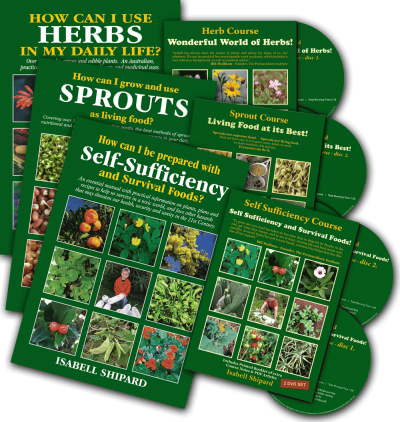Rumpe (pronounced rumpay), Screwpine, Pandon, Screw
Palm, Ketaki, Fara, Hala, Fala, Vadra
Description
There are several species of the Pandanaceae family, that have similar uses:
Pandanus odoratissimus. syn. P. tectorius, P. odorifer; a small branched tree with spiral forming, blade leaves to 1 metre long, with fine barbs on the sides of the leaves. The tree trunk is supported by a mass of aerial roots. Red/yellow, cone-shaped fruit 25cm in diameter. The leaves release a green colour in cooking, and have a strong fragrance. The white male flower clusters release a unique aroma, sometimes described as voluptuous, which is used in sweet dishes and distilled into an essence called kewra, used in cooking, cosmetics, and religious ceremonies. The plant is propagated by off shoots and by seed.

Pandanus odorus. This species is often referred to as daun pandan and grows 1-2 metres tall with lush-green, smooth-edged, blade leaves to 50cm long. The main stem is supported by numerous aerial roots.
… … omitted text, please see How can I use HERBS in my daily life? for full text.
Culinary Uses
For flavouring; pandan is to Asian countries, what vanilla is to the West. Leaves are traditionally used to flavour rice, curries, milk puddings, and ice-cream. In Sri Lanka, Malaysia and Indonesia, pandan is highly prized for festival occasions. It is also used to flavour prawn and pea and bean recipes, meat and vegetable curries, poultry dishes and pickles, jellies and confectionery. To use for flavouring, several leaves (fresh or dried) are rolled and tied together and placed in the saucepan when boiling rice, milk, etc. The leaves are removed at the end of cooking. A very strong decoction is made by simmering chopped leaves in a small amount of water, which is strained and used to flavour dishes. Try wrapping pandan leaves around fish before roasting. A popular sweets dish is made with coconut milk, rice and pandan leaves for flavour. Often people come to the farm seeking pandan. It is a plant that people of many Asian cultures yearn after, and Australians too are adding it to their culinary cuisine. Grow a pandan and experience the aroma and culinary delight.


